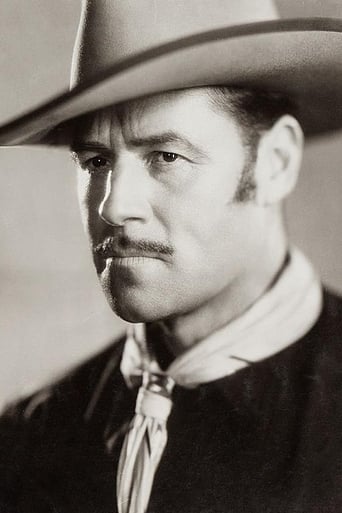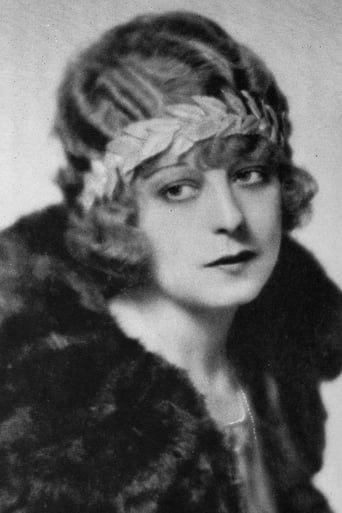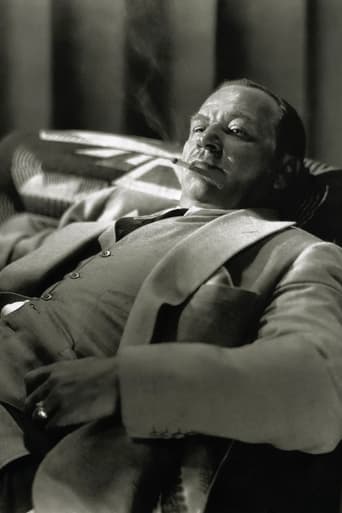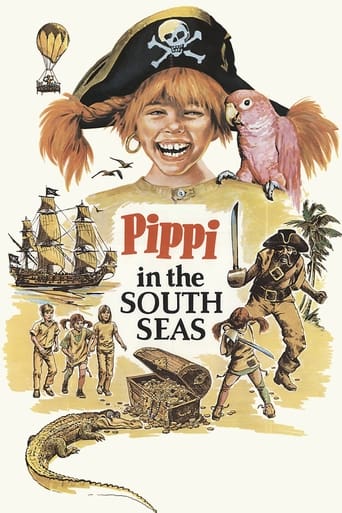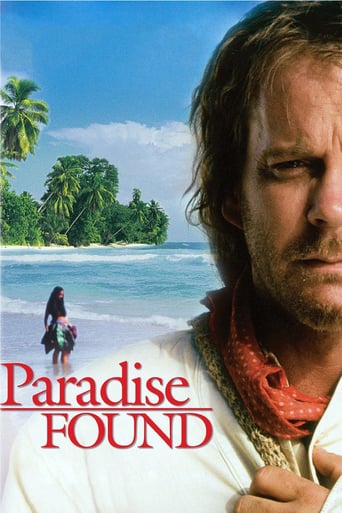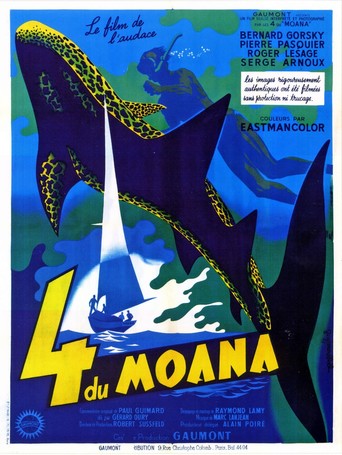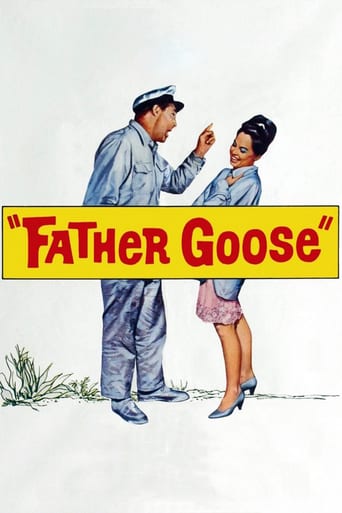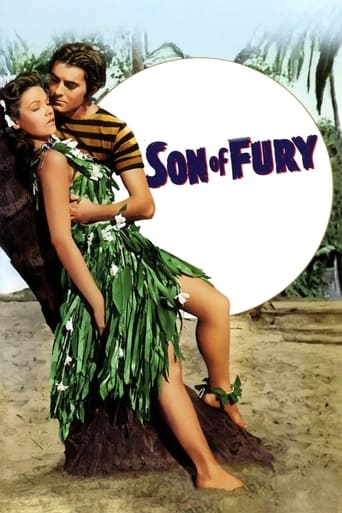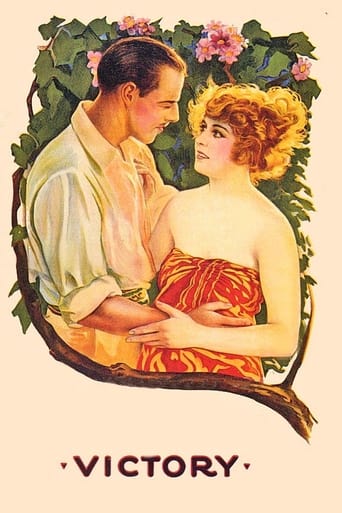
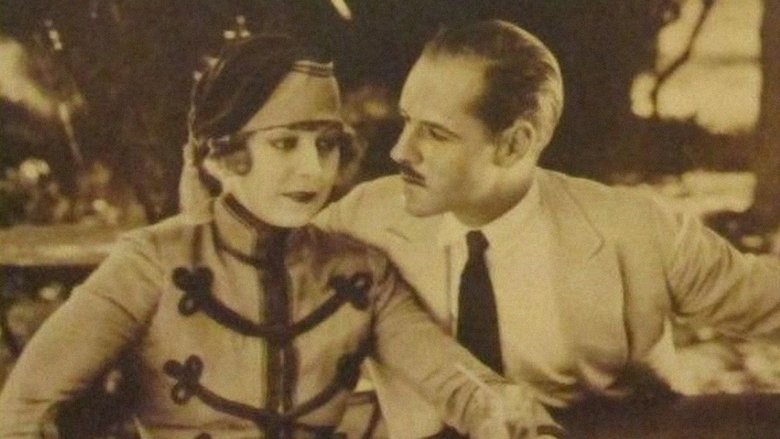
Victory (1919)
Adaptation of Joseph Conrad novel about lust and violence on a South Seas Island.
Watch Trailer
Cast
Similar titles
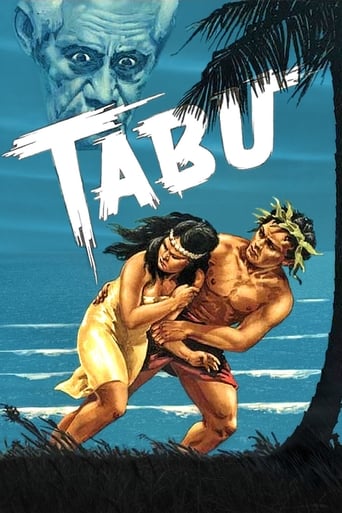

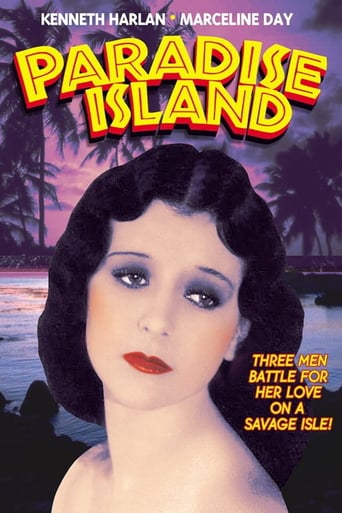
Reviews
Let's be realistic.
I like movies that are aware of what they are selling... without [any] greater aspirations than to make people laugh and that's it.
It's funny, it's tense, it features two great performances from two actors and the director expertly creates a web of odd tension where you actually don't know what is happening for the majority of the run time.
By the time the dramatic fireworks start popping off, each one feels earned.
Maurice Tourneur was a gifted and sensitive director, who also directed Lon Chaney in "Treasure Island". Tourneur's films had great visual appeal through his mastery of set design and lighting. It is very apparent in "Victory". Lon Chaney was on the brink of stardom in 1919. He had just given a break through performance as "the Frog" in "The Miracle Man" and in 1920 would shock everyone with his role as "Blizzard" in "The Penalty". In "Victory" he was surrounded by established players - Wallace Beery, Jack Holt, Bull Montana and Seena Owen, who had starred as Princess Beloved in "Intolerance" (1916), but he still managed to make his mark.Axel Heyst (Jack Holt) lives on a solitary island, surrounded by his father's books. He feels that only by being an observer of life rather than a participator, can he find true peace. While staying on another island to finalize some business, he comes to the aid of Alma (Seena Owen) who is a violinist in the local band. She is being pursued, not only by Schomberg (Wallace Beery) but the band leader as well and begs Axel to take her to his island so she can escape. Axel agrees.Schomberg goes on a thorough search of the island and as a last resort, hires 3 thugs who have been causing havoc at his hotel. He wants them to go to Axel's island to search for Alma and lures them there with tales of hidden treasure. Lon Chaney is almost unrecognizable as Ricardo, a knife carrying crazy, who tells how Pedro (Bull Montana) can "snap men's back's like rotten sticks". Bull Montana is scary as the cretinous Pedro, who throws a boat boy overboard and carries his luggage around between his teeth!!!When they reach the island, Ricardo attacks Alma but she fights back with such force that Ricardo is full of admiration and asks Alma if she wants to come in with them for a share of the treasure. Ever since she has been on the island she has felt lonely. Axel is not interested in getting to know her so she pretends to throw in her lot with the thugs hoping to save Axel.With the smoldering volcano as background violence is let loose. Ricardo is shot on the roof and falls into a pit - in real life Chaney, who did all his own stunts, missed the pit when he fell, knocked himself out but still insisted that he complete the scene when he came to!!! Pedro throws Mr Jones into the fire because "when you killed that man in South America - he my brother"!!! It ends conventionally enough with Axel realizing that Love is the most powerful emotion.Highly Recommended.
Joseph Conrad's 1915 novel "Victory" is a complex treatment of life-denying philosophy, human wickedness and the power of love. It's very interesting to see its first movie version, done in 1919 and probably only known today since Lon Chaney on his to way to fame did a good performance of the crazy villain Ricardo in it.But all in all this movie is a disappointment. The script reduces the novel to a quite silly and simple love and adventure story, where in the ending (different from the novel) Heyst, the lonely reclusive on the island, has learned to "hack and slay for his woman", as one of the silly intertitles says. The movie never works because there are too much intertitles, clumsily interrupting the action, and the plot of the novel gets spread out in fast forward without any care for detail or atmosphere. Just look how the character of Ms. Schomberg got changed! The acting is OK overall, I guess, since the actors haven't any chance because of the bad script. Photography is good and sometimes great, which gives the movie somewhat of a raw power, but the scriptwriter and the director obviously wanted to make Conrad's novel into an exotic and simple adventure story on all costs. The booklet of the Image Entertainment DVD call the director "gifted", but I can't see much talent in this superficial, silly movie.I wonder if Joseph Conrad saw this movie and what he thought of it. I guess he hated it. If you want to see a surprisingly good - in fact, it's great - movie version of this novel go and see Mark Peploe's 1995 version.
Maurice Tourneur and Lon Chaney collaborated on several films in the late teens/early 20s, but this is the first I've had the privilege of seeing. I was not disappointed; I think it's a fine film and really has some very interesting visual aspects and performances.Maurice Tourneur was known as a master director in the silent era, and though not many of his films survive (I would be very curious if anyone sends me a list or responds with names of films that can be found) this film bears out his reputation. The only earlier Tourneur film I've seen is the gangster film "Alias Jimmy Valentine", and in this one Tourneur shows a similar penchant for geometric compositions and heavily contrasted shadow-play, at many points actually using silhouettes to tell the story when the action becomes intense and violent. There isn't the same kind of feeling from the way he uses these techniques however as what you get from the German masters of expressionism. Tourneur is creating an effect that emphasizes not only the formal aspects of the characters' environments but also the animal-ism of the characters themselves, whose bodies are often weirdly distorted when we do see them in silhouette. At other points Tourneur uses a kind of extreme geometric contrast to evoke the natural beauty of the world and the loneliness of nature, as in the scenes showing Alma and Heyst sailing out of town, their boat proceeding to the left at a sharp angle while a bunch of rocks rises up in the opposite direction on shore and a lone fisherman holds his rod at a sharp angle on the right. This type of shot occurs at several points in the film and seems to be a trademark Tourneur style judging from the famous still photos I've seen from "Peter Pan" and "Treasure Island" (both of which are lost if I'm not mistaken).There are some scenes in the film that I thought were incredibly graphic for the time, such as the scene where Mr. Jones pushes Pedro's brother in the fire head first, and we actually see a model of the man practically exploding in the fire. Very convincing effect, still packs some shock value because the graphic nature of the shot is so unexpected. Likewise in the later scene where Ricardo tries to kill Heyst and in the film's final moments with Pedro and Mr. Jones.Now, the performances. Might as well start with Lon Chaney's masterful turn as Ricardo. His makeup is always convincing but I've never seen him in a Mexican makeup, and it was so well done that I wouldn't have even recognized him in the early shots where the camera isn't very close if I hadn't seen the name of his character on the cast list. I've never seen Chaney so animalistic as he is in this role. While for the most part the other characters walk around very upright with creased pants and so forth, Roberto has his pants slung low around his waist and he walks with a stoop. There's a great shot of Chaney when he comes back to Heyst's house to retrieve his precious knife (he has a very fetishistic attachment to that knife), he creeps on all fours to the edge of the window and leaps through the window without raising his frame at all, landing inside the house still crouching down like a cat. In the "flashback" scenes where he's about to kill Pedro, he dances around the man's vulnerable body with his knife like a demon. Chaney projects a menace and a kind of sordid evil that is remarkable even among his many excellent film performances.His master, Mr. Jones, by contrast is a kind of quiet menace, a man who projects a kind of evil that's reptilian to Chaney's apelike brute. It's interesting that Jones and Chaney are both defined by their weapons. Jones relies on his gun, and when his gun stops working he basically is neutered. Chaney relies on his knife but as stated is much more personally attached to it. The knife is a somewhat more intimate weapon, even though Chaney throws it, and that suits the difference in style between the two villains. Bull Montana gives a remarkable performance also as Pedro as well, a man who's hidden his emotions from the world very successfully, by pretending to be evil while awaiting his chance for revenge.Wallace Beery gets all of his bits in the first half of the film. His character is just as evil as Jones and Roberto but he is the type who gets others to do his dirty work for him. He is certainly cunning as he discovers a way to get revenge on Heyst while ridding himself of the loathsome lodgers. The scenes with Beery and Chaney have a crackling kind of energy, which Tourneur highlights by concluding the scene with a shot of the 2 of them cackling conspiratorially while framed in the same shot. Beery's Shoemberg strikes me as a hypocrite, a man who hides his evil while Roberto wears his lack of morals like a badge of honor.Owen is effective as Alma, but Holt comes off a bit weak as Heyst. I guess a lot of that is just part of the role, he's quite a stick in the mud in a lot of ways.
Minor Spoilers ahead. Maurice Troureur is one of the great directors of early cinema, and one of the least well known. He was particularly adept at creating atmosphere and composing his sets and shots (this skill is called "mise-en-scene"). Many of his films are lost and many others are simply unavailable except on bad bootleg VHS copies. "Victory," is an exception. The film, has many interesting elements, but one of the most interesting is how it foreshadows both film noir and Hitchcock. With deft touches of mise-en-scene, Tourneur, creates a steamy, sordid atmosphere in this creepy film. The three villains are perfectly cast. There is the cold emotionless intellectual criminal who kills as a means to an end (Ben Deeley), the strong brute, who has deep loyalties and deeper hatreds (Bull Montana), and finally the sadistic, killer who loves to see his victims squirm (Lon Chaney). The first shot of this charming threesome shows them looking down from the deck of a ship. The camera hangs on them, giving us time to study their personalities written so plainly on their faces. You won't see another scene like this until the 30's. Lon Chaney appears here in one of his early roles. This film was a bit of a break for Chaney. Prior to this, his roles were not as interesting, but in this film Tournour brought the best in him and from here on out he would develop his famous acting persona. The malevolent atmosphere and suspense builds in a way that is so Hitchcockian that you have to recheck the date of the film to decide who influenced whom. The lecherous, cowardly and vindictive innkeeper is perfectly played by Wallace Beery, but it is Lon Chaney who stands out as he sadistically plays mind games with anyone who has the misfortune to be around. You feel as if he might suddenly kill someone for no better reason than to improve his boredom. The other major player is Seena Owen. Largely forgotten today, probably because she made so few films. She shows herself to be a noir heroine that is easily the equal to Lon Chaney in this film. Beautiful, sensuous and knowing, the scenes between her and Chaney are priceless. In one, Chaney attempts to rape her. She successfully fights him off. As they look at each other from different parts of the room, panting from the fight, Chaney compliments her on being able to resist him. She smiles, as she adjusts her clothing, and thanks him for the compliment. A scene like that in 1919! You wouldn't see another to match it until the mid 1930's. Is it the first film noir? Did the film influence Hitchcock? Who can say? But one thing is certain, the film is well worth watching.
